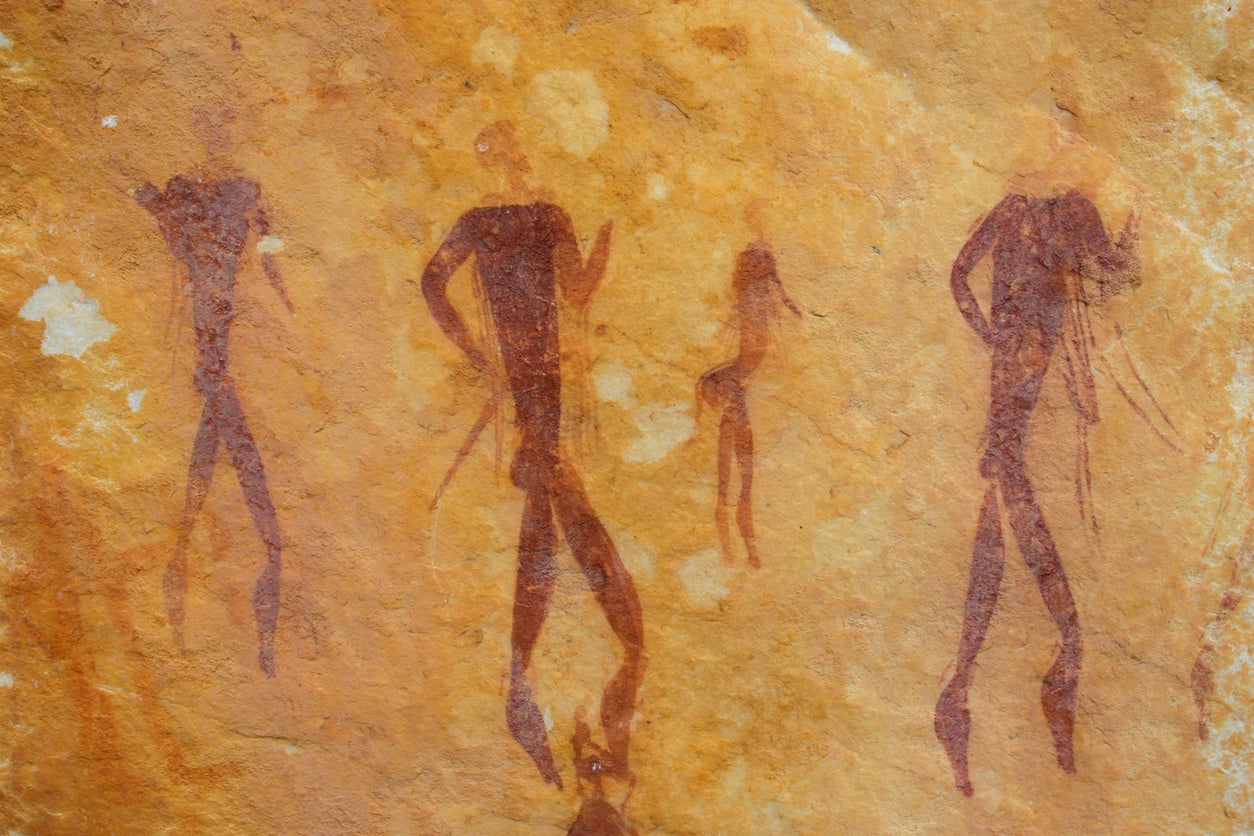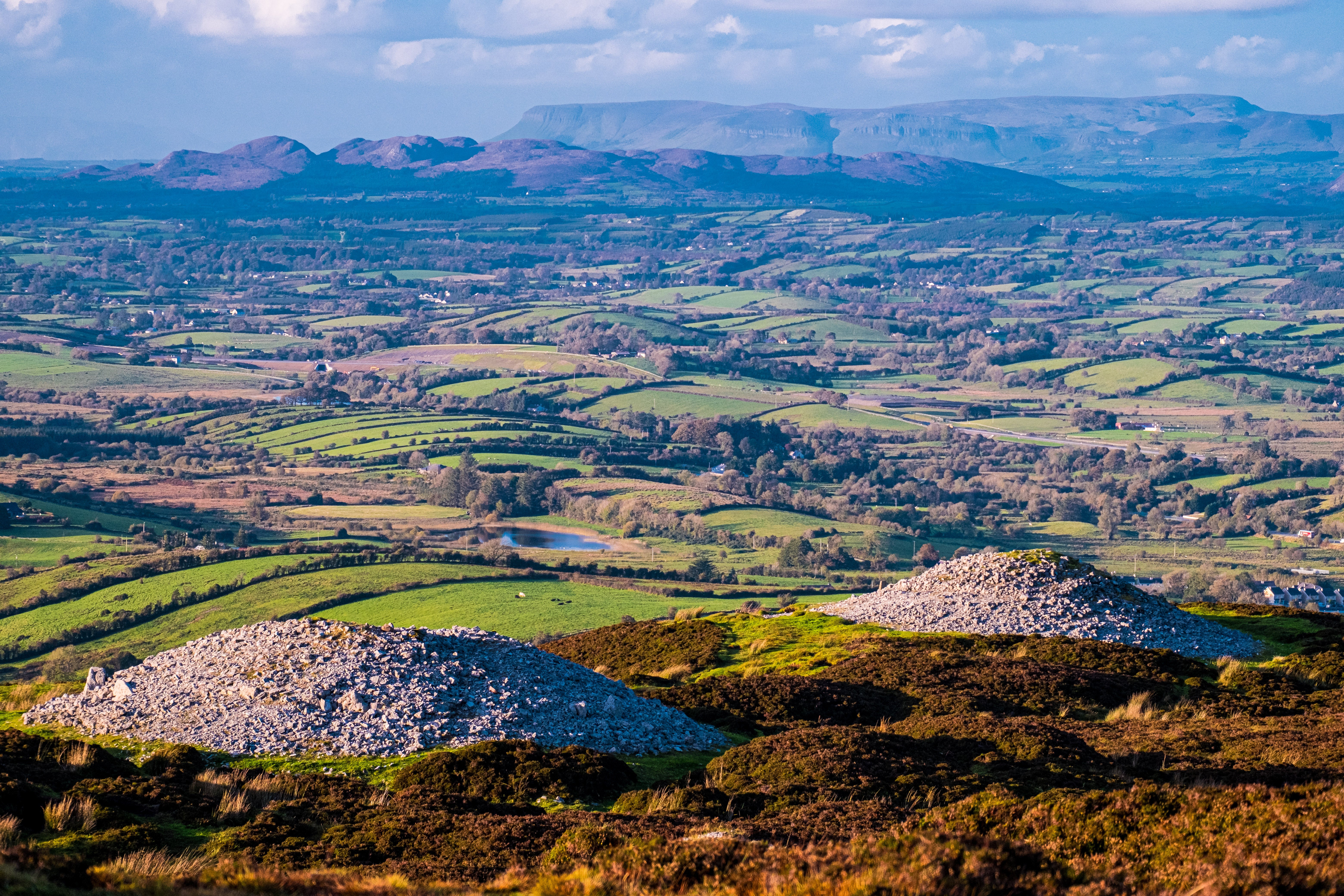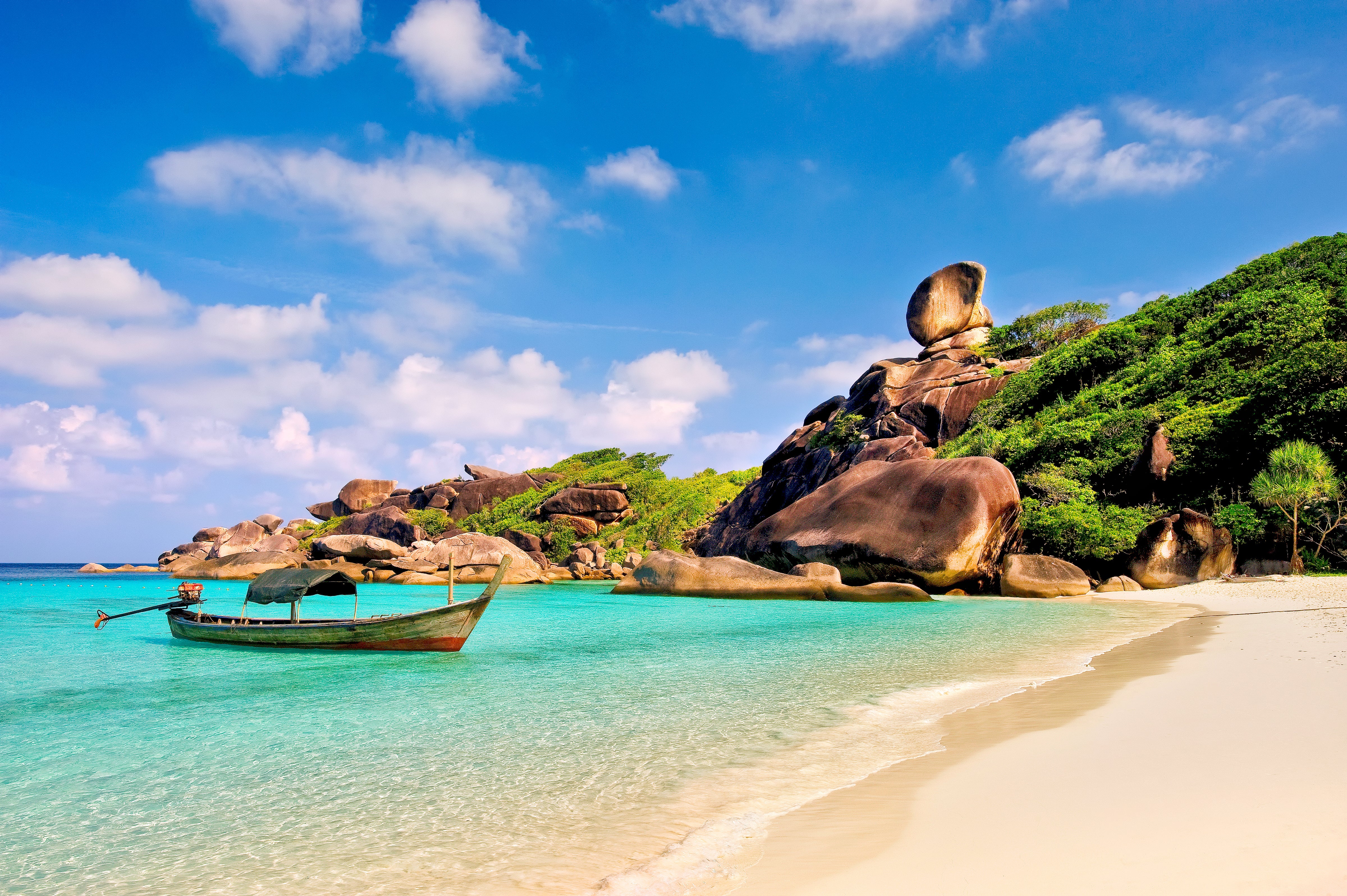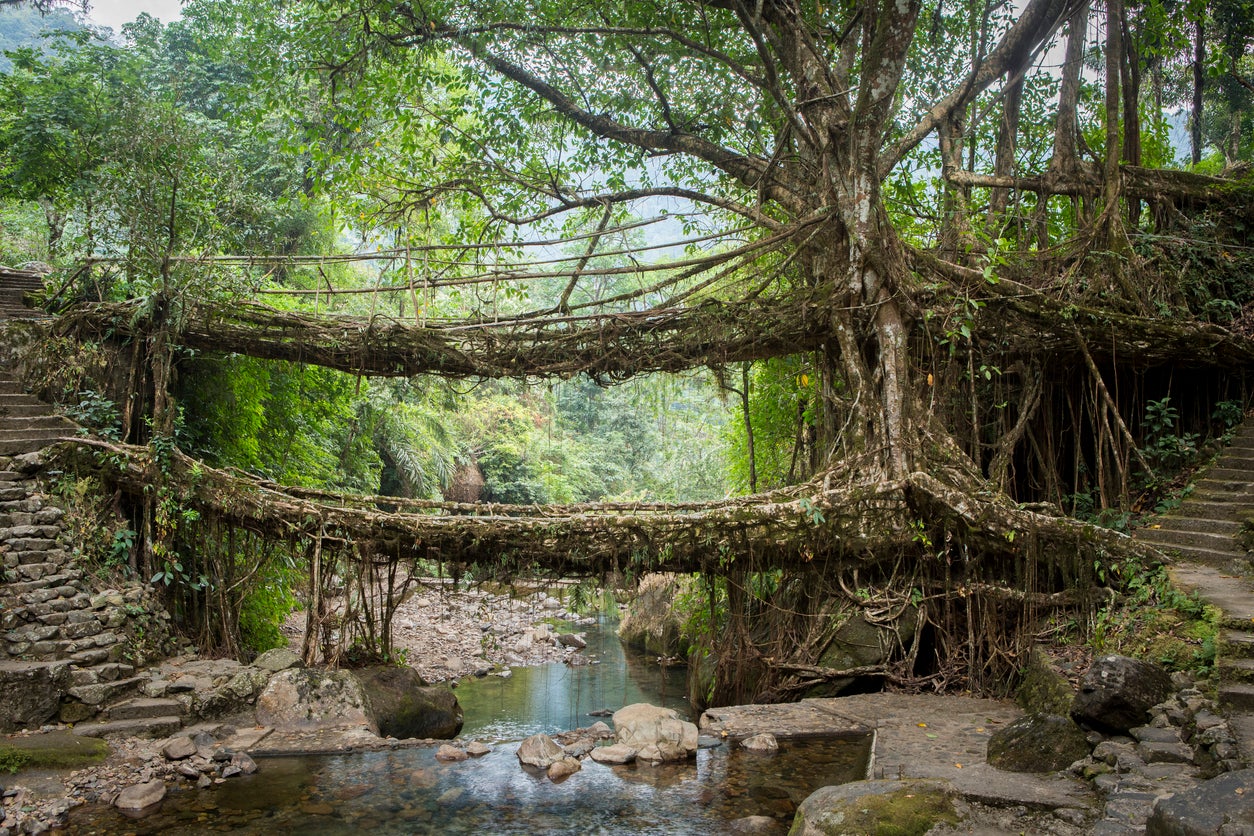Nine spectacular Unesco World Heritage hopefuls worth travelling to ‒ whether or not they make the list
From Ireland to India, these sites steeped in history are well worth a visit writes Tamara Hinson


Earlier this year, Unesco announced that its World Heritage Committee session, due to be held in June in Kazan, Russia, would be postponed. This annual meeting is when members discuss which new sites will make it onto their renowned World Heritage list, and the unexpected extension prompted a flurry of nominations for Unesco World Heritage status. Here’s a look at some of the most spectacular candidates hoping to make the cut.
Hoysaleswara Temple, Karnataka, India

There are high hopes that this spectacularly ornate twin temple, 210km west of Bangalore, will get World Heritage status – earlier this year it was officially added to the tentative list nominations submitted by India, following visits by members of both the Archaeological Survey of India and International Commission on Monuments and Sites. The temple is dedicated to Lord Shiva, the God of Destruction (ironic, considering the closest it came to destruction was during the 1300s, when it was plundered by armies sent by the Delhi sultanate), and is famous for its intricate friezes and reliefs depicting Hindu legends.
Bushmans Kloof Rock Painting Landscape, Western Cape, South Africa

In August 2022, South Africa announced a bumper list of proposed Unesco World Heritage sites, including the Phoenix Settlement in KwaZulu-Natal and the Rhodes Building in the Eastern Cape; but we reckon the Bushmans Kloof Rock Painting Landscape is the most deserving. It’s a collection of over 130 rock art sites scattered across the Bushman’s Kloof Wilderness Reserve, a pristine wilderness area 270km north of Cape Town. Painted 10,000 years ago by the San people (one of Africa’s oldest tribes), they depict everything from antelopes and birds to figures wielding arrows. The drawings been brilliantly preserved, despite the fact that most were drawn using only ochre, animal blood and plant juices.
The Passage Tomb Landscape of County Sligo, Ireland

This year, Ireland’s nominations for Unesco’s Tentative list include the Transatlantic Cable Ensemble – the first successful transatlantic telegraph cable laid between Ireland and Canada. A stunning feat of engineering, granted, but not quite as beautiful (or accessible) as another nomination – County Sligo’s Passage Tomb Landscape. The county’s 85 passage tombs, many of which are 6,000 years old, provide a fascinating insight into ancient construction techniques. Key features include small burial chambers surrounded by boulders, and others were built to serve as courts. Dating back to neolithic times, the tombs provide a fantastic insight into early people’s transition from nomadic lifestyles to communal living.
Flinders Ranges, South Australia

Twentieth-century explorer and geologist Douglas Mawson dubbed the Flinders Ranges “one great outdoor museum” – a fitting description for this 600-million-year-old fossil-dotted landscape which has been added to Australia’s tentative nominations list. Some of the world’s top palaeontologists – including the University of Southern California’s Professor Mary Droser – are helping choose the exact areas which will fall under the Flinders Ranges nomination, but they’re likely to include Vulkathunha-Gammon Ranges National Park, which has a 100km salt lake and several traditional hunting grounds, and the Arkaroola Wilderness Sanctuary, filled with geological features dating back two billion years.
Andaman Sea Nature Reserves, Thailand

Thailand has gone all out in its bid to shine the spotlight on its coastline this year, listing six Andaman Sea National Parks under a nomination which has already been officially added to the tentative list. The parks’ diverse landscapes include everything from sprawling mangroves and the lowland forest which lines the Thai-Malay peninsula to seagrass beds and areas key to local industries, including rubber plantations and shrimp farms. One of the most important sites is the Ranong Biosphere Reserve, which has the Indian Ocean’s oldest old-growth mangrove forest.
York, UK

Closer to home, York is hoping to strike it lucky and bag a spot on the World Heritage list, over a decade after a bid was rejected. Local historians have stated suspicions that the earlier bid failed because only a small number of subterranean sites were detailed in the proposal. This year, the bid focuses on the city’s historic centre, which has 22 listed monuments and 2,000 listed buildings – structures which prove that the city was a shining example of urban development in Roman times.
Meghalaya Root Bridges, Meghalaya, India

We guarantee all future footbridges will look rather plain after these Dali-esque creations – footbridges (often with double decker designs) made from rubber tree roots twisted into place by Meghalaya’s Khasi and Jaintia tribes, who use them to cross the region’s rivers. Added to India’s tentative list nominations in 2022, these bridges have been used for hundreds of years and are a true labour of love – sometimes made from just branches, but often made with bamboo frames reinforced by branches trained along their lengths. Other Indian sites added to India’s list of proposed tentative sites include Andhra Pradesh’s Lepakshi temple and the Konkan region’s rock art.
Port Sunlight, Merseyside, UK

What’s not to love about a village with a name like this? Port Sunlight, built in the late 1800s and filled with 900 Grade II listed buildings spread across 130 acres of parkland, was created by Unilever founder Lord Lever for his workforce. In July 2022, the Port Sunlight Village Trust submitted an application to be added to the UK Government’s list of proposed tentative sites. Lord Lever was passionate about employees’ wellbeing long before CEOs filled their offices with ball pits and sleeping pods. In an era when many workers toiled away in abject squalor, Lord Lever provided affordable housing, parks, a gymnasium, swimming pool and allotments and commissioned 30 architects to ensure that no building looked the same. Today, this historic site and tentative list addition is open to the public, and there’s a boutique hotel, as well as properties available for purchase.
Aalto architecture, Finland

Finland’s got high hopes that Aalto architecture – more specifically 13 buildings designed by Finnish architect Alvar Aalto – will soon have Unesco World Heritage status. Initially famous for his love of a style known as Nordic Classicism, Aalto later embraced modernism while becoming famous for his use of organic forms and the way he treated every building as a work of art, right down to the light fittings. Buildings designed by Aalto, who died in 1976, can be found in the US, Germany and Denmark, although it’s the Finnish properties which make up this Unesco bid. These include Helsinki’s Alvar Aalto’s Studio, with its curvaceous white walls, and Southwest Finland’s Paimio hospital, designed to optimise daylight and encourage social interaction.



Join our commenting forum
Join thought-provoking conversations, follow other Independent readers and see their replies
Comments